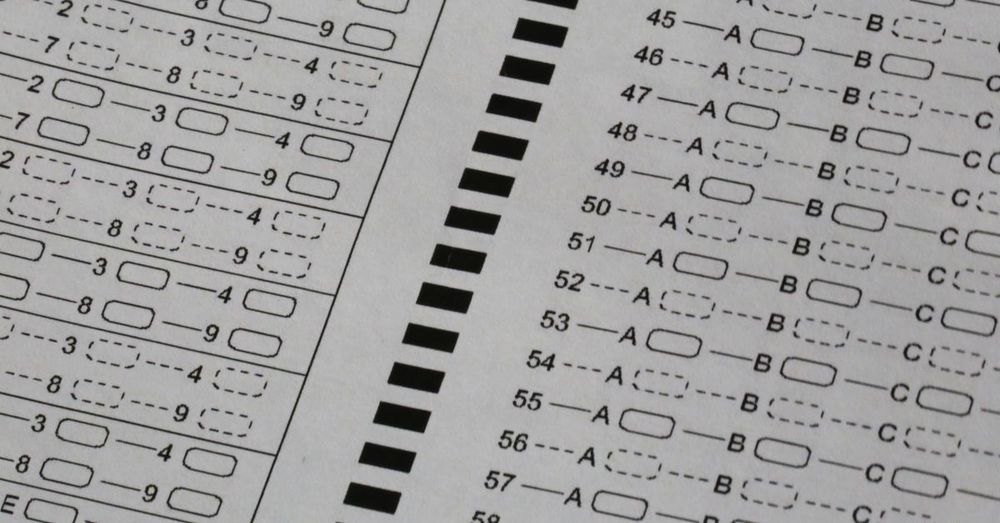But no, it’s not as smart as a high school student.




Recent genome-wide association studies have catapulted the search for genes underlying human intelligence into a new era. Genome-wide polygenic scores promise to transform research on individual differences in intelligence, but not without societal and ethical implications, as the authors discuss in this Review.
Are humans born with “intelligence” genes, or is human intelligence determined by environmental factors, such as economic status or easy access to education?
When a team of researchers set out to answer this question, they discovered that more than 500 genes were associated with intelligence. The results, published in Nature Genetics, indicate that intelligence is much more complex than previously thought.
Intelligence, as defined by Merriam-Webster, is the ability to learn new information and apply it to different situations. Despite this simple definition, many elements of intelligence are difficult to nail down.

Cryotechnology has been used in treating lung cancer for many years, now it is emerging to have a new indication in diagnosing lung diseases. Cryoprobe transbronchial lung biopsy has been introduced into clinical practice as a new technique, providing a larger biopsy specimen, potentially improving the diagnostic yield of transbronchial biopsies in parenchymal lung diseases. Although recent small pilot studies suggest that cryotransbronchial lung biopsies are comparable to conventional transbronchial biopsies in terms of diagnostic yield and safety profile in lung transplant patients, cryoprobe transbronchial lung biopsy is still being evaluated and its role in clinical practice is not well defined. Cryotherapy has been proven as a safe and effective method to debulk endobronchial lesions, providing palliation for advanced central obstructive tumors. Its use and efficacy is also studied in direct cryosurgery and percutaneous application in lung cancer. Cryoprobes can also be used to extract foreign bodies from the airways by causing cryoadhesion. We aim to summarize the therapeutic and diagnostic application of cryotechnology in pulmonary diseases.

In a country where women are seen first and foremost as wives and mothers, Kyrgyzstan’s all-female space agency defies expectations. Aged between 18 and 24, the eight-woman team are building a one-kilo satellite that will be the country’s first foray into the cosmos as an independent state. Based in Bishkek, they told The Calvert Journal what this project means for them— and thousands of girls like them.

Ischemic stroke is a condition in which parts of the brain lose their blood supply, causing nerve damage. Once brain tissue suffers irreparable harm, the patient will experience irreversible disability or death, depending on the extent of neuronal loss. However, glial cells surrounding the neurons are activated by the injury and multiply. Now, scientists have found out how to insert genes into glial cells to convert them into neurons, thus filling in for some of the lost functioning cells to improve motor functions.
There are about 86 billion neurons in the brain, but billions of them can be lost with one moderate-sized stroke. About 800,000 new strokes occur each year in the US alone. The need is to regenerate new brain cells to replace the ones that die, at least partially. This is the only known way to restore motor functions that have been impaired or destroyed by a stroke or other brain injury.


Atomic Lighter is a type of plasma lighter that creates ignition using two electrical arcs, without the need for potentially dangerous fluids or open flames.

The Under Armour Fat Tire GTX uses cutting-edge technology to help you tackle any trail. Taking design inspiration from off-road fat tire bikes, these boots are built on a Michelin outsole with a Wild Gripper rubber compound for excellent traction on a wide variety of terrain. A breathable GORE-TEX membrane provides total waterproof protection, and the UA Charged foam cushioning system delivers ultimate energy return and impact protection. The BOA speed closure system uses a unique click and turn dial and stainless steel laces to lock your feet in place faster than regular laces. These boots also feature a Cupron copper-infused sockliner that wipes out odor-causing bacteria to keep feet fresh. Built with composite textile and foam construction, these comfortable boots won’t let anything stand in your way on the trail.